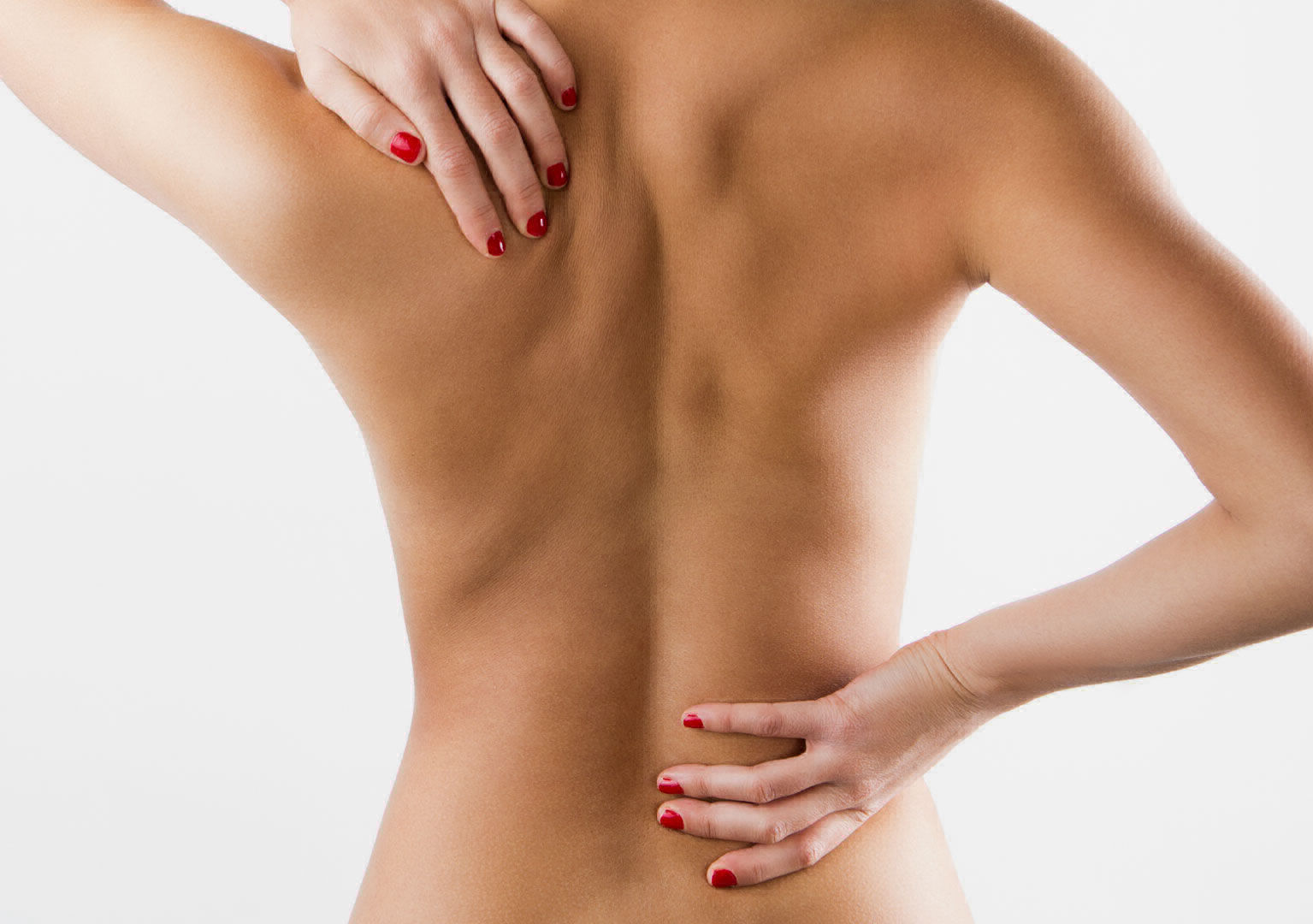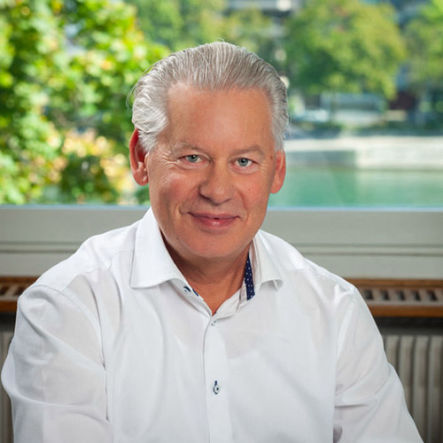Acute and chronic back pain place particularly high demands on an effective treatment option. The various causes of back pain affecting the entire spine (from the cervical spine to the thoracic and lumbar spine and the coccyx) can be examined, diagnosed using the appropriate technology (X-ray, ultrasound, MRI, etc.) and appropriately treated.
We develop individual and multimodal treatment concepts and achieve good results even in complex or seemingly hopeless cases. Proven and modern conservative and, if necessary, interventional treatment methods are used. In the case of severe back pain, we use ultrasound and injections guided by image converter to achieve rapid pain relief. We inject pain relievers and anti-inflammatory drugs directly into the affected area. We usually thus achieve rapid pain relief and require low amounts of medication. Biological regenerative medicine, especially autologous blood therapy using PRP, plays an important role in achieving lasting improvement. Manual medicine/chiropractic techniques are also used. Complicated and stressful operations can usually be avoided. If surgical treatment is necessary, this is carried out by our experienced cooperation partners.



